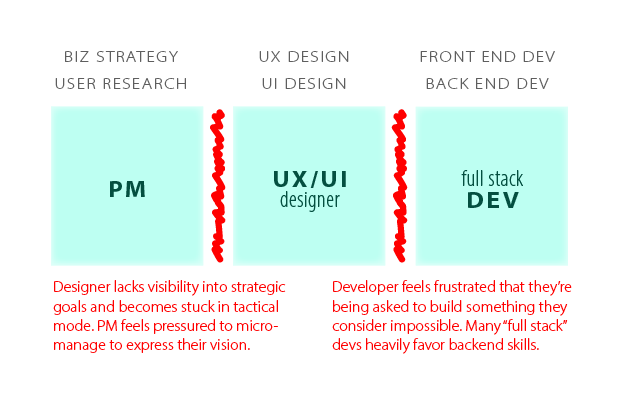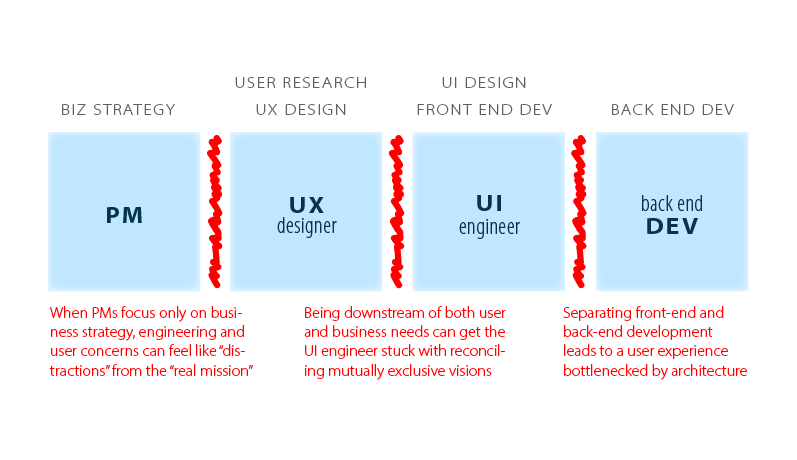
THE CUSTOMER
is an anagram of
UTTER SCHMOE
is an anagram of
UTTER SCHMOE
DEVELOPMENT TEAM
is an anagram of
MEET, MVP DONE LATE
is an anagram of
MEET, MVP DONE LATE
USER STORIES
is an anagram of
ISSUES RETRO
is an anagram of
ISSUES RETRO
AGILE AT SCALE
is an anagram of
I ESCALATE LAG
is an anagram of
I ESCALATE LAG
THOUGHT LEADER
is an anagram of
THULE GOATHERD
is an anagram of
THULE GOATHERD
PRODUCT ROADMAP
is an anagram of
DUMP CRAP AT DOOR
is an anagram of
DUMP CRAP AT DOOR
SILICON VALLEY
is an anagram of
CLOSE VILLAINY
is an anagram of
CLOSE VILLAINY
TECH INDUSTRY
is an anagram of
THIRTY DUNCES
is an anagram of
THIRTY DUNCES
GRAPHIC DESIGN
is an anagram of
GRID SPACING, EH?
is an anagram of
GRID SPACING, EH?
INNOVATION
is an anagram of
VAIN NOTION
is an anagram of
VAIN NOTION
LEAD DESIGNER
is an anagram of
DERANGED LIES
is an anagram of
DERANGED LIES
DESIGN ANAGRAMS
is an anagram of
AMASSING DANGER
is an anagram of
AMASSING DANGER
MICROSOFT TEAMS
is an anagram of
MOST MOIST FARCE
is an anagram of
MOST MOIST FARCE
PIXEL-PERFECT
is an anagram of
PEPTIC REFLEX
is an anagram of
PEPTIC REFLEX
CLICKABLE PROTOTYPE
is an anagram of
RICKETY PLACEBO PLOT
is an anagram of
RICKETY PLACEBO PLOT
• • •
Missing some Tweet in this thread? You can try to
force a refresh





